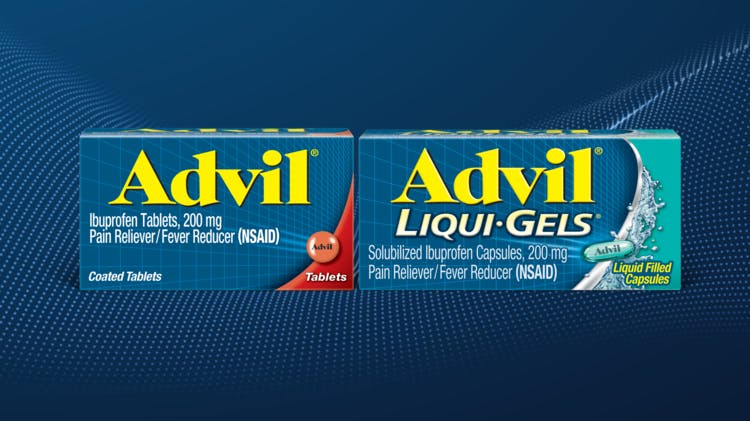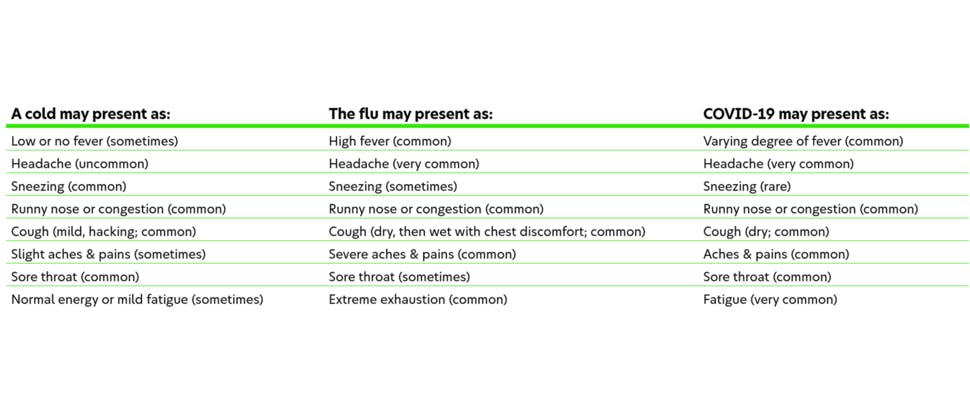It can be helpful to explain the potential for complications of cold and flu to your patients to encourage them to manage primary symptoms as directed.
Common cold
A cold is usually harmless and clears up in a week to 10 days; however, it can sometimes lead to
secondary infections such as:
- Acute ear infection
- Asthma
- Acute sinusitis
- Strep throat
- Pneumonia
- Croup or bronchiolitis (in children)
The flu
Most patients will successfully recover from the flu at home without medical intervention. However, for high-risk patients, antiviral medications can be useful in preventing more serious or life-threatening complications, including:
- Bacterial pneumonia
- Ear infections
- Sinus infections
- Worsening of chronic medical conditions (like congestive heart failure, asthma, and diabetes)
Most cases of the common cold and flu are harmless. Pain and fever symptoms can be safely managed at home using over-the-counter solutions like Advil Tablets or Advil Liqui-Gels. Other symptoms may require a cough and cold medicine.
However, if symptoms worsen or there is an underlying medical condition, it’s recommended that patients seek medical attention as early as possible to limit the risk of further complications.
Why Advil is an appropriate choice
Advil is proven to provide significant relief of fever and aches and pains associated with cold and flu, with a favorable safety profile when used as directed.
Extensively studied and widely used in clinical practice, Advil nonselectively inhibits COX-1 and COX-2 enzymes to block prostaglandin production and pain signaling, effectively treating pain and discomfort caused by inflammation.







